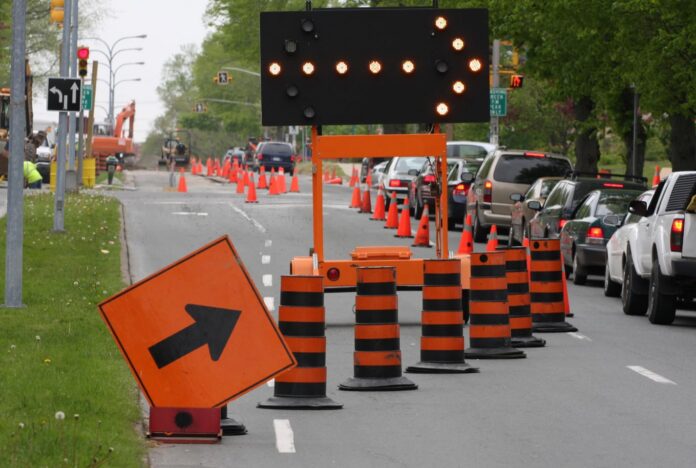Hazard Perception links to the stuff you will do on your driving lessons with anticipation and planning ahead. The hazard perception was not always on the driving test, but it’s good that it’s added as mandatory. It’s an essential skill to drive safely when you can react to things spontaneously happening on the street.
The reason we train for hazard perception is that we have a better understanding of how to spot hazards and problems before they become an issue. Let’s say you are about to overtake a bus parked at the bus stand; if you only concentrate on overtaking it, other factors like mirrors, signals, and other vehicles behind might cause an obstacle. The hazard perception test is an assessment of our sensors, and they are usually quoting being hard.
During the perception test, you are challenged with twelve clips that include a car driving off the road like in a simulator. You are then asked to click the mouse when you spot hazards along the way. Moreover, you get points to react and click to hazards. Earlier you click the mouse after spotting a hazard; you will be rewarded with more points. The scoring system starts with five and countdowns to one. One a single click among twelve, you are required to react to two hazards. If you spot the hazard too quickly and respond to it, you get zero points, and the same goes for the late response.
The Hazard Perception test should not be that hard if you practice a couple of demos online. Since the staff administers HPT tests, choosing an appropriate response based on the developing hazard rewards you maximum points. It’s compulsory for drivers to give HP tests from HPT to upgrade from learner’s license to P1 license; thus, Hazard Perception Test online helps in developing your skills daily.
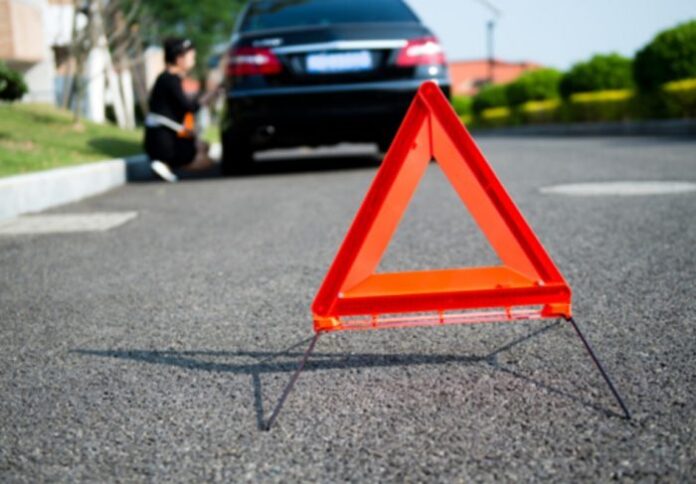
Types of Hazard
A computer system tracks every click you are making while you want to respond to the hazards. If you click excessively, you will fail the test; in fact, you can’t cheat the test. We can breakdown the hazards into three sections, a potential hazard, a developing hazard, and an actual hazard.
Potential hazard
A potential hazard is anything that’s got the possibility to turn into a hazard. Anything you see along the road can be considered as a potential hazard, a parked car, a cyclist moving ahead of you, vehicles behind you, and anything ahead of you. If you see a driver opening his car door ahead of you in a parking lot, it’s a potential hazard. Any pedestrians walking down the side of the road is a potential road; they might end up crossing the road out of nowhere.
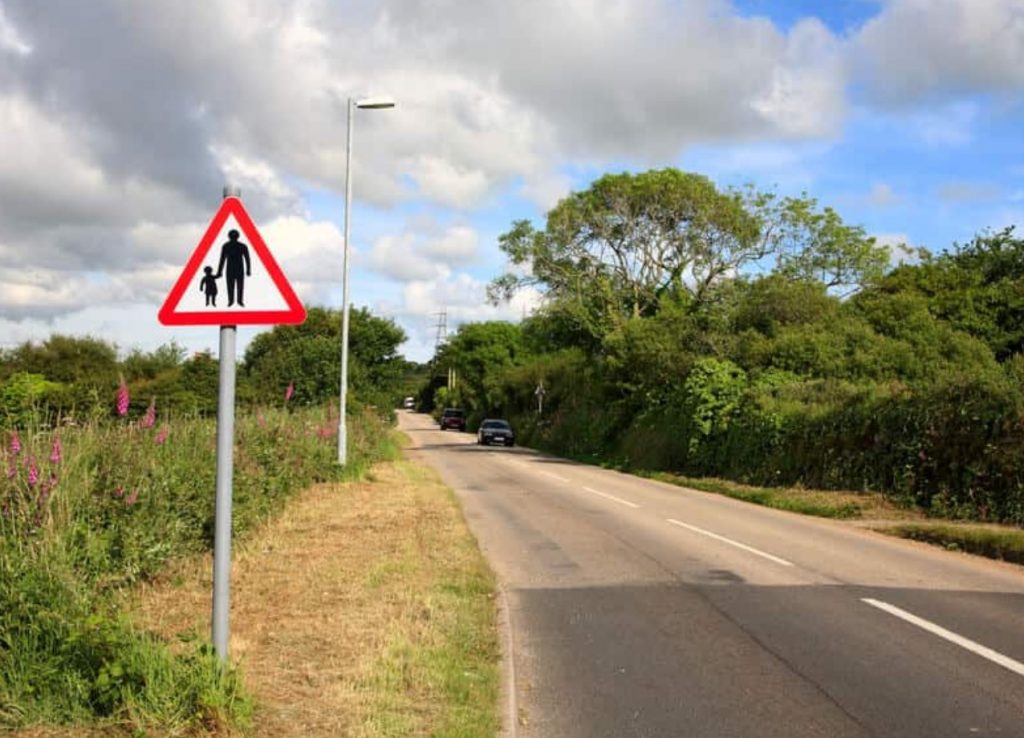
Developing hazard
A developing hazard is the next spontaneous movement you are going to react to the potential hazard. Let’s consider a pedestrian walking down the road, and they are checking if there is any vehicle coming towards him. As a driver, you need to know that he/she is going to cross the road and lower the speed of your car. That exact situation might develop into the actual hazard.
Actual hazard
At stage three is the actual hazard. It refers to the spontaneous action one has to make to something occurring in front of your car. If a pedestrian has already stepped his foot into the road and you still haven’t responded, it’s a bit too late, and you might have an accident.
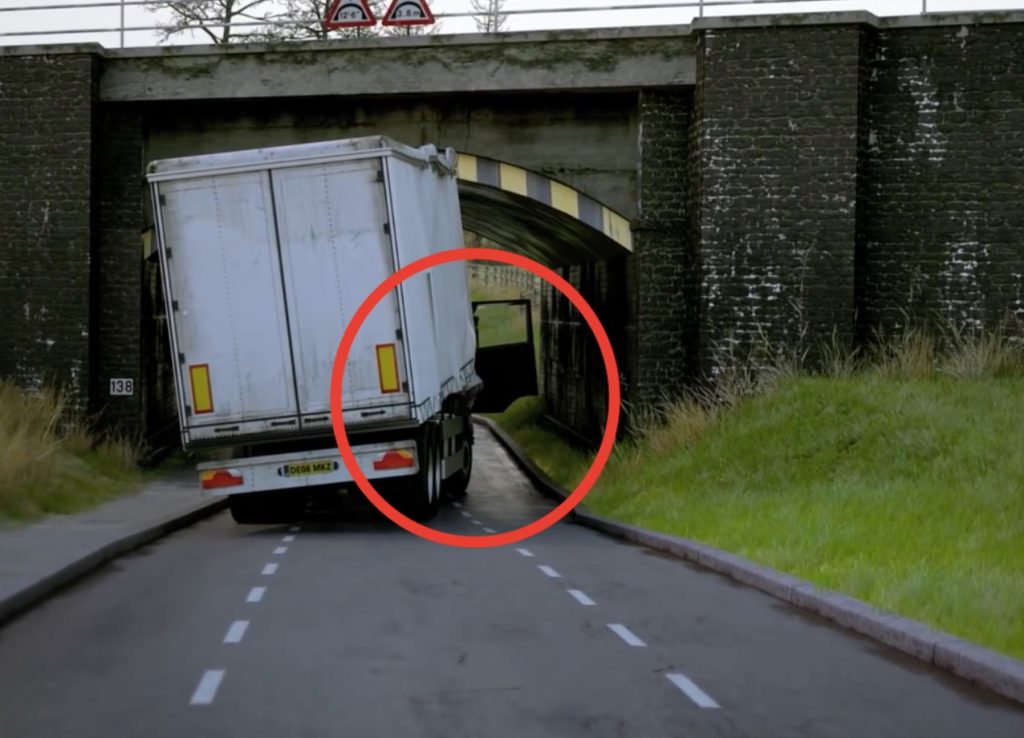
Hazards you need to look out for
Detection and timely response are what matters while you give a hazard perception test. It’s one of the many skills a driver should have, irrespective of the vehicle they are driving. Driving old cars on the manual is challenging, while it’s relatively simple during gear transmission and shifting in automatic cars. The following is the list of driving challenges you ought to look for while taking the test.
- Pedestrians crossing the road
- A parked car
- Cyclist moving ahead of you
- Vehicles behind you and anything ahead of you
- Junctions and roundabouts
- Road surfaces
- Sharp corners
- Hidden junctions
- Vehicles at traffic
- Different weather conditions
- Driver opening a vehicle’s door
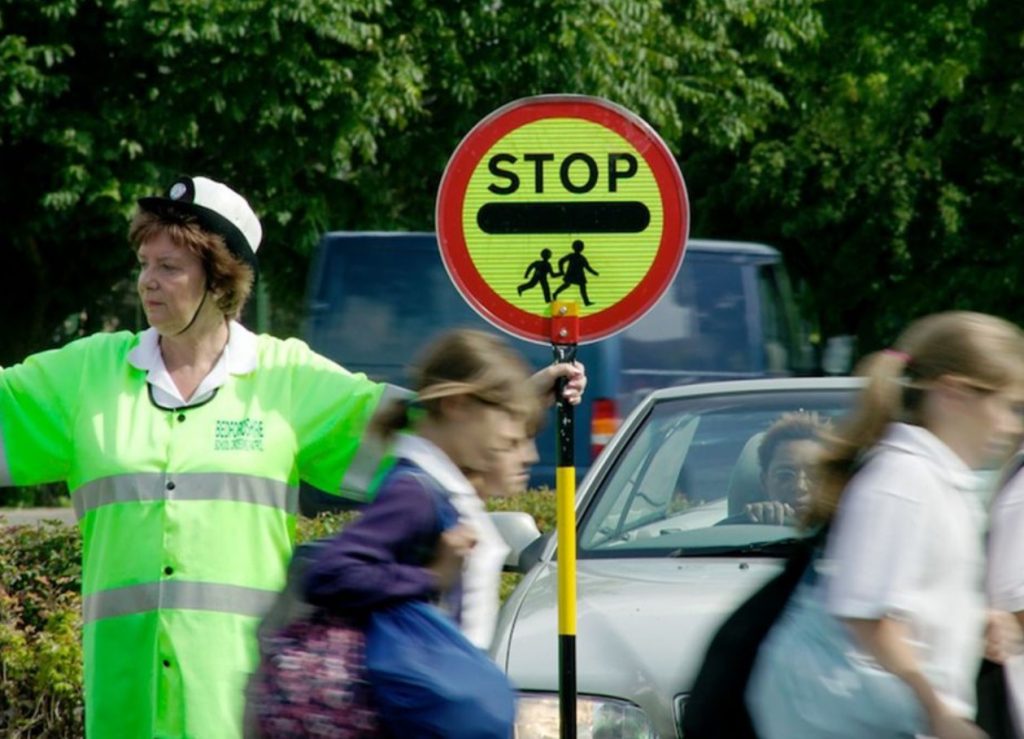
When to click during a hazard perception test?
Many find it confusing learning when to click while giving a hazard perception test. You should be clicking your mouse at the developing hazard stage. When you are clicking it at the potential hazard stage, that’s too early, and if you are clicking during the actual hazard stage, that’s also too early. You will be losing the points otherwise.
The way to succeed on the Hazard Perception Test is the three-click method.
- The first click you are going to make is to the potential hazards.
- After that, if you notice the potential hazard is turning into a developing hazard, you need to click again.
- The final click is a safety click after the second click making sure you didn’t mess up with clicks before.
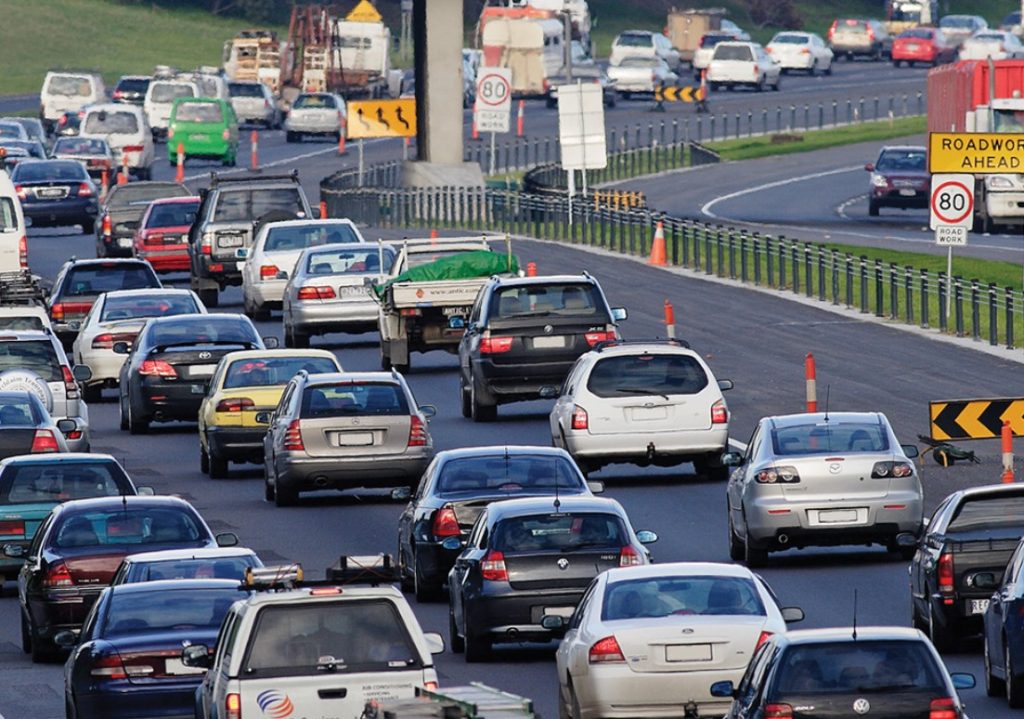
What makes the Hazard Perception test hard?
Hazard is something that makes you change speed, direction, or stop. When you are going along your daily life in the car, you will encounter lots of hazards. So a hazard perception test is here to check that you actually have the skills and knowledge to be able to identify these hazards and which one is going to be detrimental.
Hazard Perception Test works with the clicks and points you receive when you react to a hazard. You can encounter lots of hazards, but not all are going to affect you personally. If you happen to click on static hazards, you will be scoring zero points. Newbies tend to click the mouse before the hazard actually turns into a developing stage or way after when your car has already encountered the hazard.
The score is all that matters while you give the hazard perception test so lookout for potential hazards and react to them when it turns into the developing stage.
One giving a perception test is required to score as much as 44 points out of 75 to pass the test. The faster you spot hazards, the less it’s going to be stressful. If you wait for the last minute of confirmation to make a response to any hazards, you will be making panic and rush decisions. Stay calm and give yourself time to notice hazards on the road. The above guide might boost your confidence to pass the test now.

